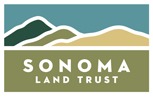
Six Sonoma Species to Seek this Summer
Spending Summer with a Sonoma Naturalist
Very few people know Sonoma’s wildlife like Naturalist Sarah Reid. Having cataloged over 17,000 observations on iNaturalist and spending her career on the land, she is our go-to resource for identifying the flora and fauna in our region. She has shared six species that you may discover in your summertime adventures. Have you spotted these species?
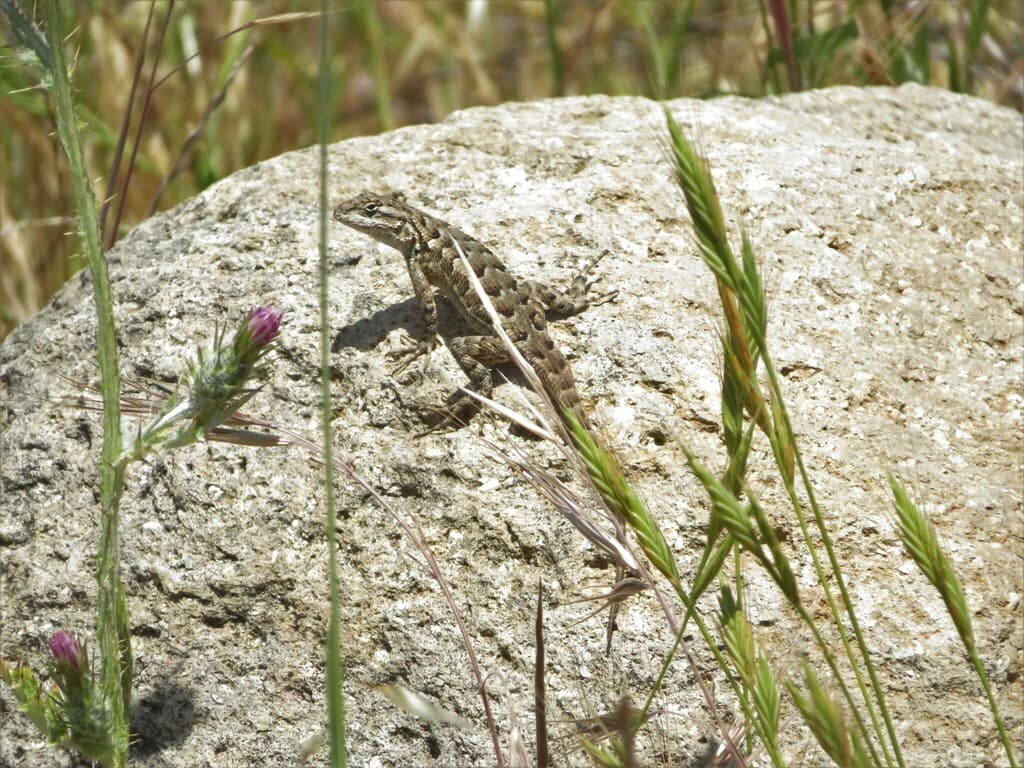
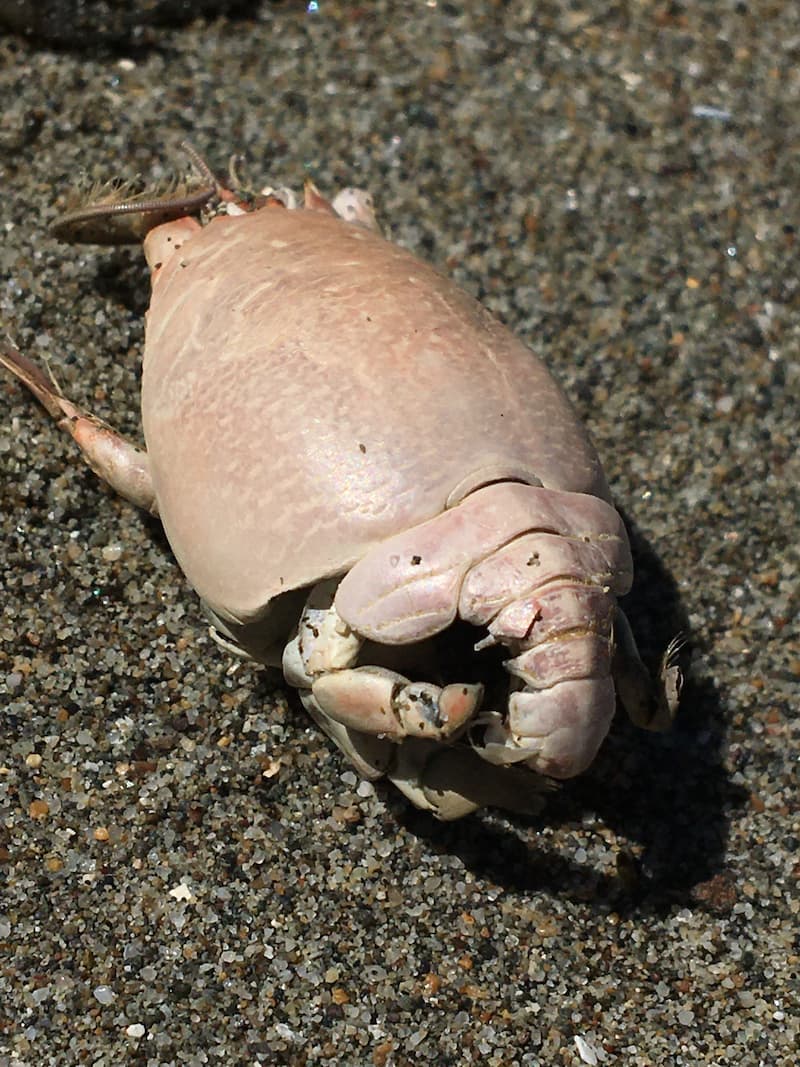
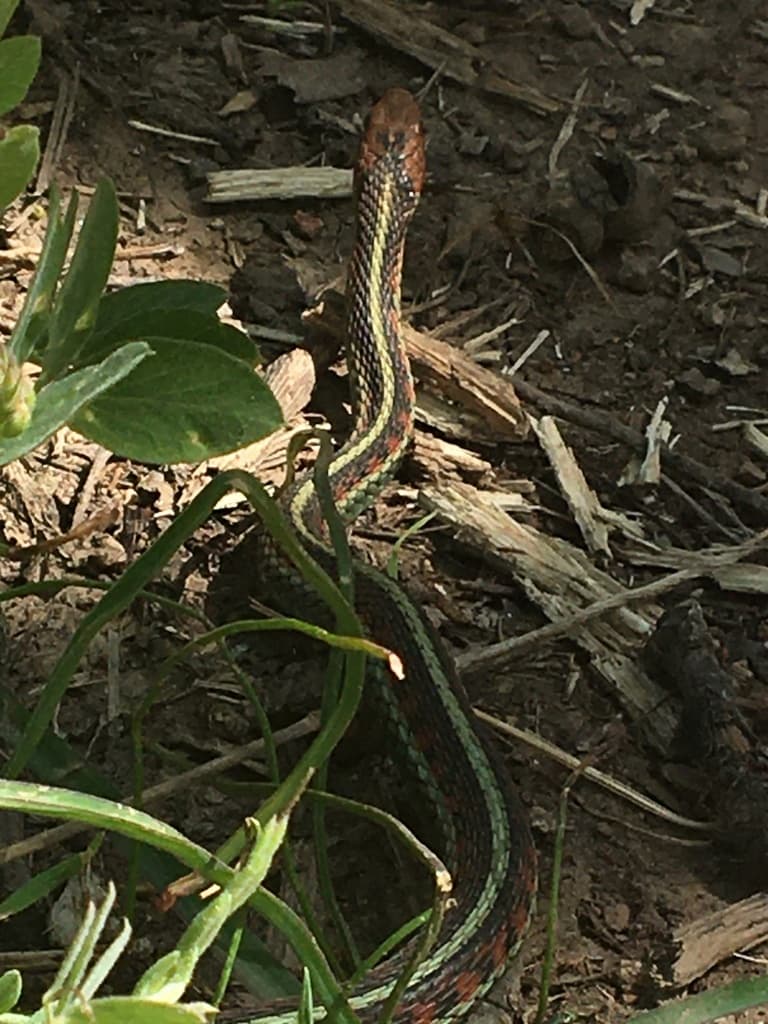
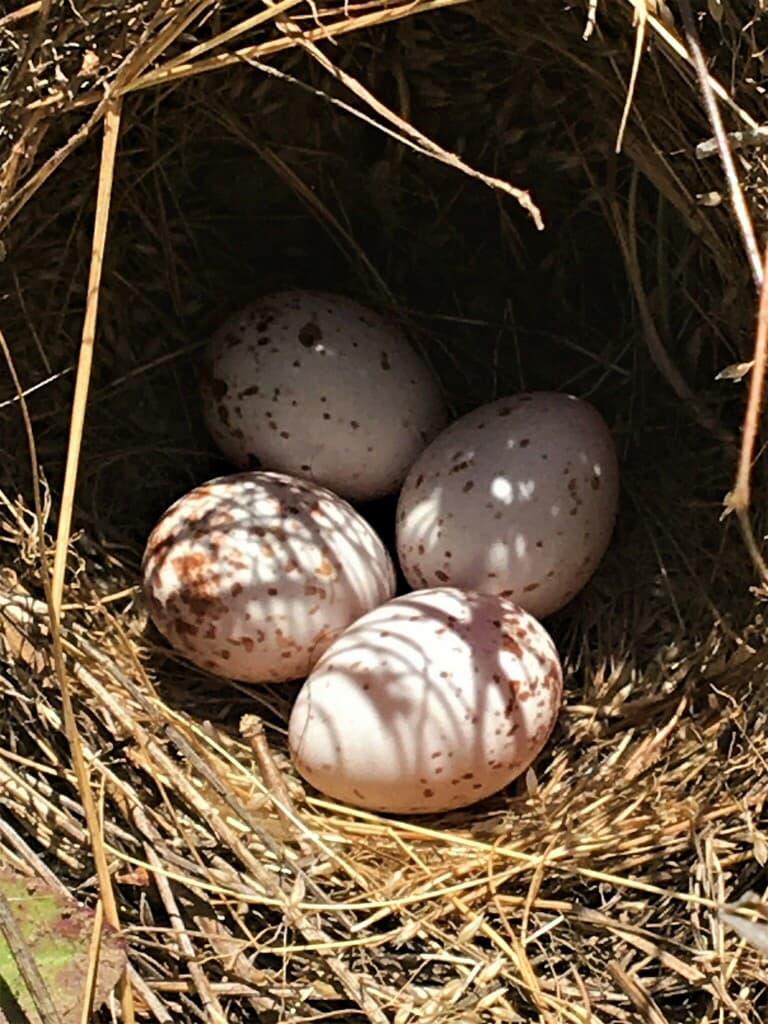
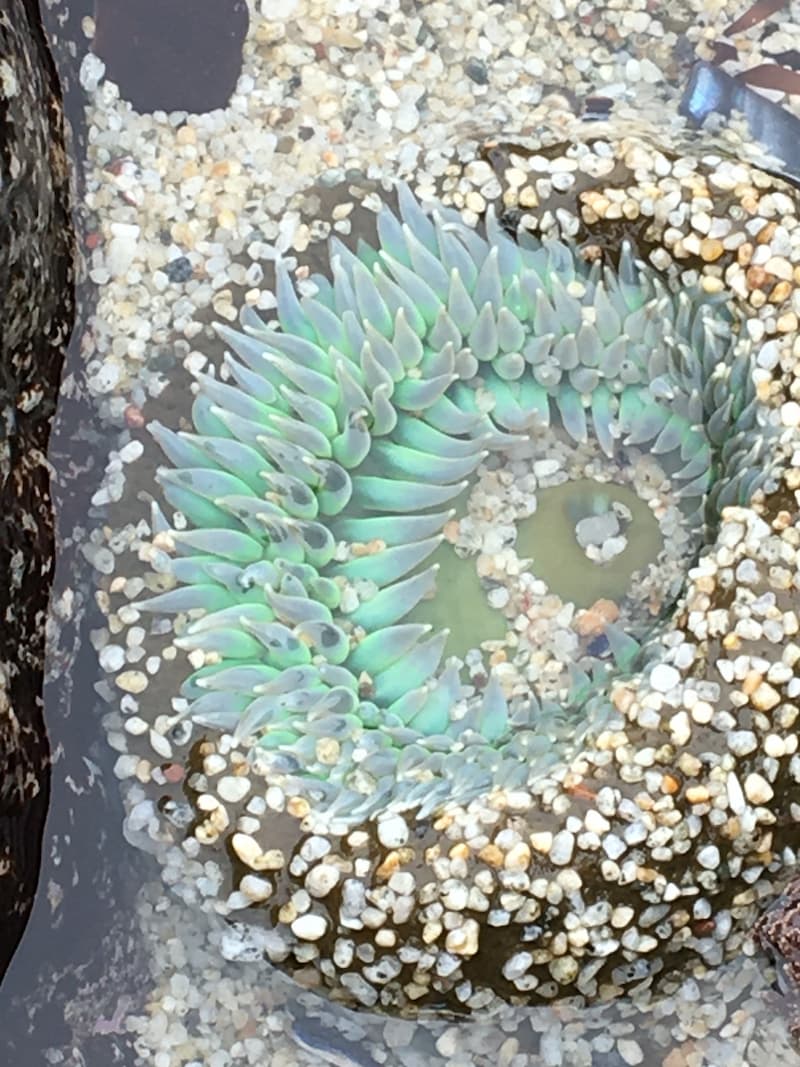
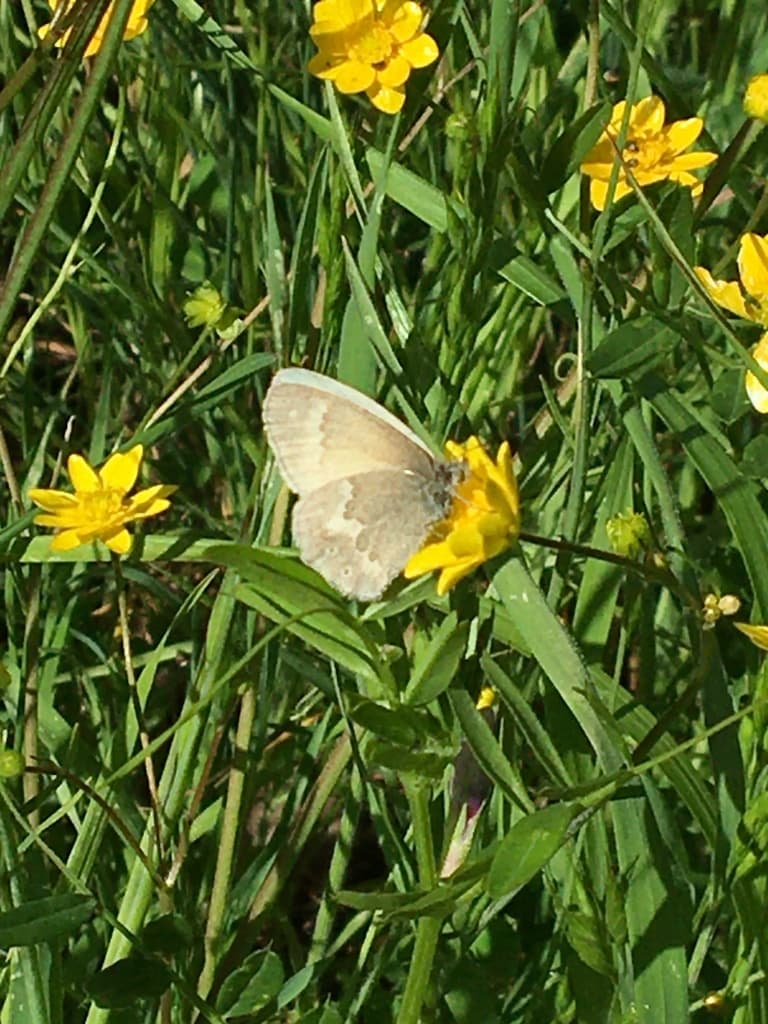
Monitoring migration over Sonoma County skies
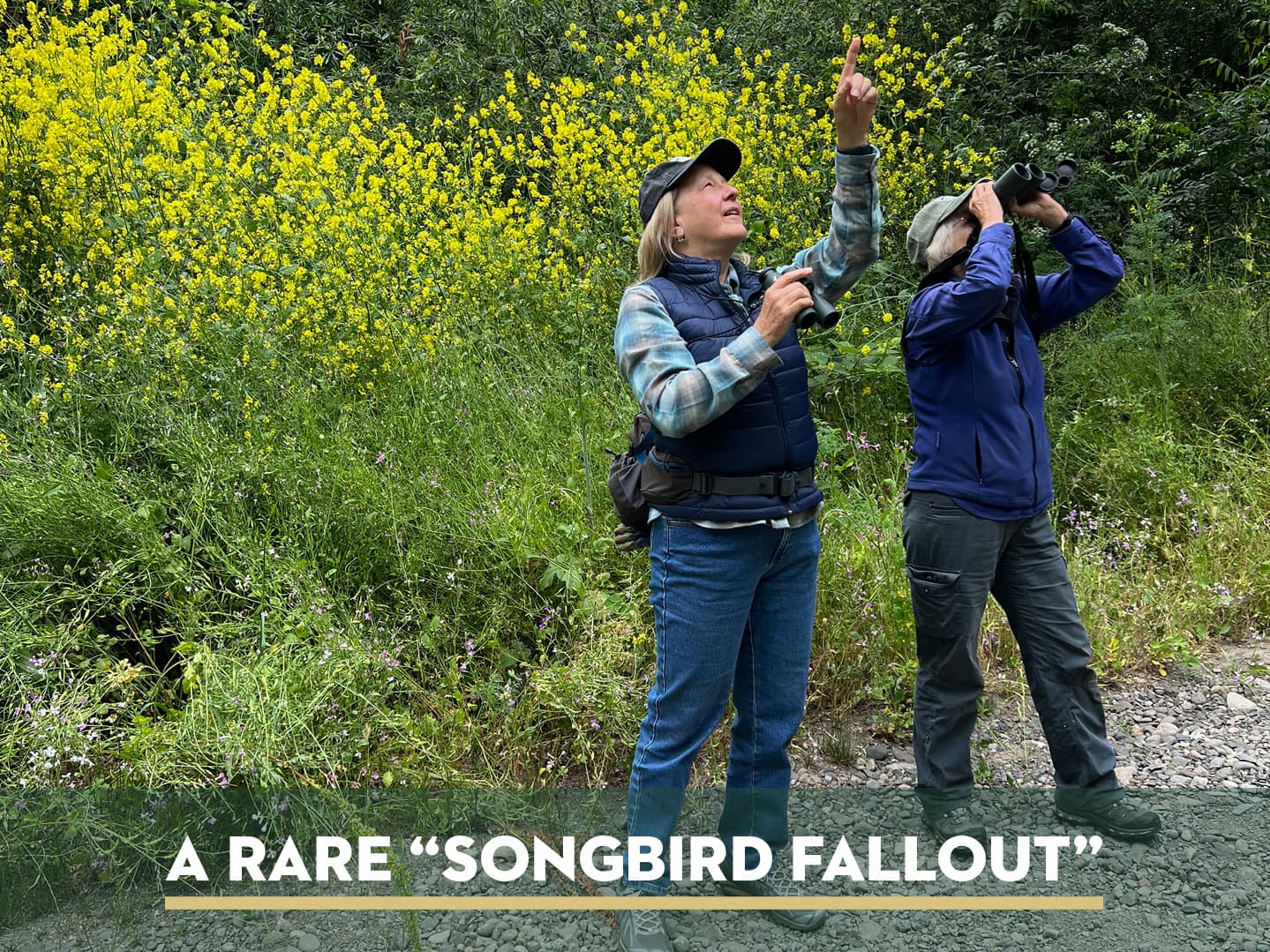
From Ellie Rilla, board member and bird monitor
The mysteries of bird migration have long puzzled scientists and birders alike. Where do they go when they leave Sonoma County, where did they come from when they arrive?
Migrating birds face many challenges and critically important is access to open spaces and habitat where they can land, rest, and feed before taking off. This is what we do here at Sonoma Land Trust: preserve critical lands for biodiversity and sanctuary, for animals, plants, and people.
Longtime friends and avid Sonoma Land Trust supporters CJ (Carolyn Johnson) and Geri Brown bird monthly around Sonoma County.
On a recent birding outing in early May, Geri commented that her Golden-crowned Sparrow had left the Oakmont area. CJ knew about a dynamic new monitoring dashboard called the Bird Migration Explorer launched by the National Audubon Society and nine founding partners in 2022.
“The Bird Migration Explorer shows us how migratory birds connect the places protected by Sonoma Land Trust to other places across the hemisphere,” explains Dr. Nat Seavy, director of migration science for Audubon’s Migratory Bird Initiative. “For example, you could view animated migration maps for birds that are common on Sonoma Land Trust properties, such as Golden-crowned Sparrows or Great Egrets. You can also look up a hemispheric map that shows how a location, like San Pablo Bay, is connected to other places across the hemisphere by the movements of migratory birds.”
With this state-of-the-art digital tool, anyone can follow hundreds of species of migratory birds along their epic journeys, see how they connect us across the hemisphere, and discover challenges they face along the way. The Bird Migration Explorer has a wide array of colorful maps, built using the tracking data from more than 9,300 birds studied by scientists across the Western Hemisphere, who have generously shared their data.
In late April CJ’s husband Rick Theis called her outside as there was a “songbird fallout” in their yard on Mt. Pisgah, between Graton and Occidental. When this happens, migrating birds land and rest when conditions like strong headwinds make it too difficult to continue their journey. It is a rare occurrence and an important opportunity for a birder to report the different birds of which there can be hundreds in a single event.
CJ shared of this experience, “we heard a sound explosion between 8am and 10am where we were unable to discern individual birds in order to count, or at least estimate the numbers. Perhaps 20 Townsend’s warblers, hermit warblers, yellow-rump black-throated gray, several orange-crowned warblers. Others that had arrived earlier also contributed to the cacophony including Warbling Vireos, Wilson’s warbler, Black-headed Grosbeaks, Hooded Orioles, Hutton’s Vireo, Western Tanager, Pacific-slope Flycatcher, and others. It was a remarkable event!”
A friend told CJ about BirdCast, a project from the Cornell Lab of Ornithology and partners that uses weather radar to forecast and confirm the number of birds aloft each night during spring and fall migration. She was able to see that thousands of birds were flying over Sonoma County the evening of her the “songbird fallout” event and she surmised they were brought down to her property by a rainstorm that evening.
“BirdCast reveals the awe-inspiring scale of migration across the continent which largely goes unseen under cover of darkness,” said Dr. Miyoko Chu, director of Science Communications at the Cornell Lab of Ornithology. “It’s thrilling to learn how many millions of birds may pass over your county on a peak night, and to go out to find them the next day.”
Note: The Golden-crowned Sparrow and Great Egret maps above were made possible in part thanks to data contributed by Point Blue Conservation Science and Audubon Canyon Ranch, respectively. If you are a researcher and would like to learn more about contributing data to Audubon’s Migratory Bird Initiative, please email migratorybirds@audubon.org.
Observando la migración en los cielos del condado de Sonoma
Los misterios de la migración de las aves han fascinado durante mucho tiempo tanto a científicos como a observadores de aves. ¿Adónde van cuando salen del condado de Sonoma, de dónde vienen cuando llegan?
Las aves migratorias se enfrentan a muchos retos y es clave el acceso a espacios abiertos y hábitats donde puedan parar, descansar y alimentarse antes de volar de nuevo. Esto es lo que hacemos en Sonoma Land Trust: preservar tierras clave para la biodiversidad y el santuario de animales, plantas y personas.
CJ (Carolyn Johnson) y Geri Brown, amigas desde hace mucho tiempo y ávidas partidarias del Sonoma Land Trust, observan aves todos los meses en varios lugares del condado de Sonoma.
En una reciente salida ornitológica a principios de mayo, Geri comentó que un había abandonado la zona de Oakmont. CJ sabía que en 2022 la Sociedad Nacional Audubon y nueve socios fundadores habían puesto en marcha un nuevo y dinámico panel de control llamado
“ExplorAves nos muestra cómo las aves migratorias conectan los lugares protegidos por el Sonoma Land Trust con otros lugares del hemisferio”, explica el Dr. Nat Seavy, Director de Ciencia de la Migración de la Iniciativa de Aves Migratorias de Audubon. “Por ejemplo, puedes ver mapas animados de migración de aves que son comunes en las propiedades de Sonoma Land Trust, como el gorrión corona amarilla o la garza blanca. También puedes consultar un mapa hemisférico que muestra cómo un lugar, como la bahía de San Pablo, está conectado con otros lugares de todo el hemisferio por los movimientos de las aves migratorias.”
Con esta herramienta digital de última generación, cualquiera puede seguir a cientos de especies de aves migratorias a lo largo de sus épicos viajes, ver cómo nos conectan a través del hemisferio y descubrir los retos a los que se enfrentan por el camino. ExplorAves cuenta con una amplia gama de coloridos mapas, construidos a partir de los datos de observación de más de 9.300 aves investigadas por científicos de todo el hemisferio occidental que han compartido generosamente sus datos.
A finales de abril, Rick Theis, el marido de CJ, la llamó porque había una “parada de pájaros cantores” en su jardín del monte Pisgah, entre Graton y Occidental. En inglés, el término es “fallout”. Las aves migratorias paran y descansan porque hay condiciones, como fuertes vientos, que dificultan que las aves continúen su viaje. Es un acontecimiento poco frecuente y una oportunidad importante cuando los observadores de aves pueden tomar nota de las diferentes aves. Es posible ver cientos de pájaros en un solo evento.
CJ compartió de esta experiencia, “oímos una explosión de sonido entre las 8 a.m. y las 10 a.m. y fuimos incapaces de discernir pájaros individuales para contar, o al menos estimar los números. Quizás 20 currucas de Townsend, currucas ermitañas, currucas rabilargas, varias currucas capirotadas. Otras aves que habían llegado antes también contribuyeron a la cacofonía, como los vireos, la curruca de Wilson, los picogruesos, el bolsero cuculado, el vireo de Hutton, la tangara occidental, el papamoscas del Pacífico y otros. ¡Fue un acontecimiento extraordinario”!
Una amiga le habló a CJ de BirdCast, un proyecto del Laboratorio de Ornitología de Cornell y sus socios que utiliza un radar meteorológico para predecir y confirmar el número de aves que vuelan cada noche durante la migración de primavera y otoño. CJ pudo comprobar que miles de pájaros volaban por el condado de Sonoma la noche en que se produjo la “parada de pájaros cantores” y supuso que la tormenta de esa noche los había traído a su propiedad.
“BirdCast revela la asombrosa escala de la migración en todo el continente, que en gran medida pasa desapercibida al amparo de la oscuridad”, dijo la Dra. Miyoko Chu, Directora de Comunicaciones Científicas del Laboratorio de Ornitología de Cornell. “Es emocionante saber cuántos millones de aves pueden pasar por encima de tu condado en una noche de mucha actividad, y salir a buscarlas al día siguiente”.
Nota: Los mapas anteriores del gorrión corona amarilla y la garza blanca han sido posibles en parte gracias a los datos aportados por Point Blue Conservation Science y Audubon Canyon Ranch, respectivamente. Si es usted investigador/a y quiere saber más sobre cómo contribuir sus datos a la Iniciativa de Audubon sobre Aves Migratorias, envíe un correo electrónico a migratorybirds@audubon.org.
Tune into Bodega’s wildlife channel
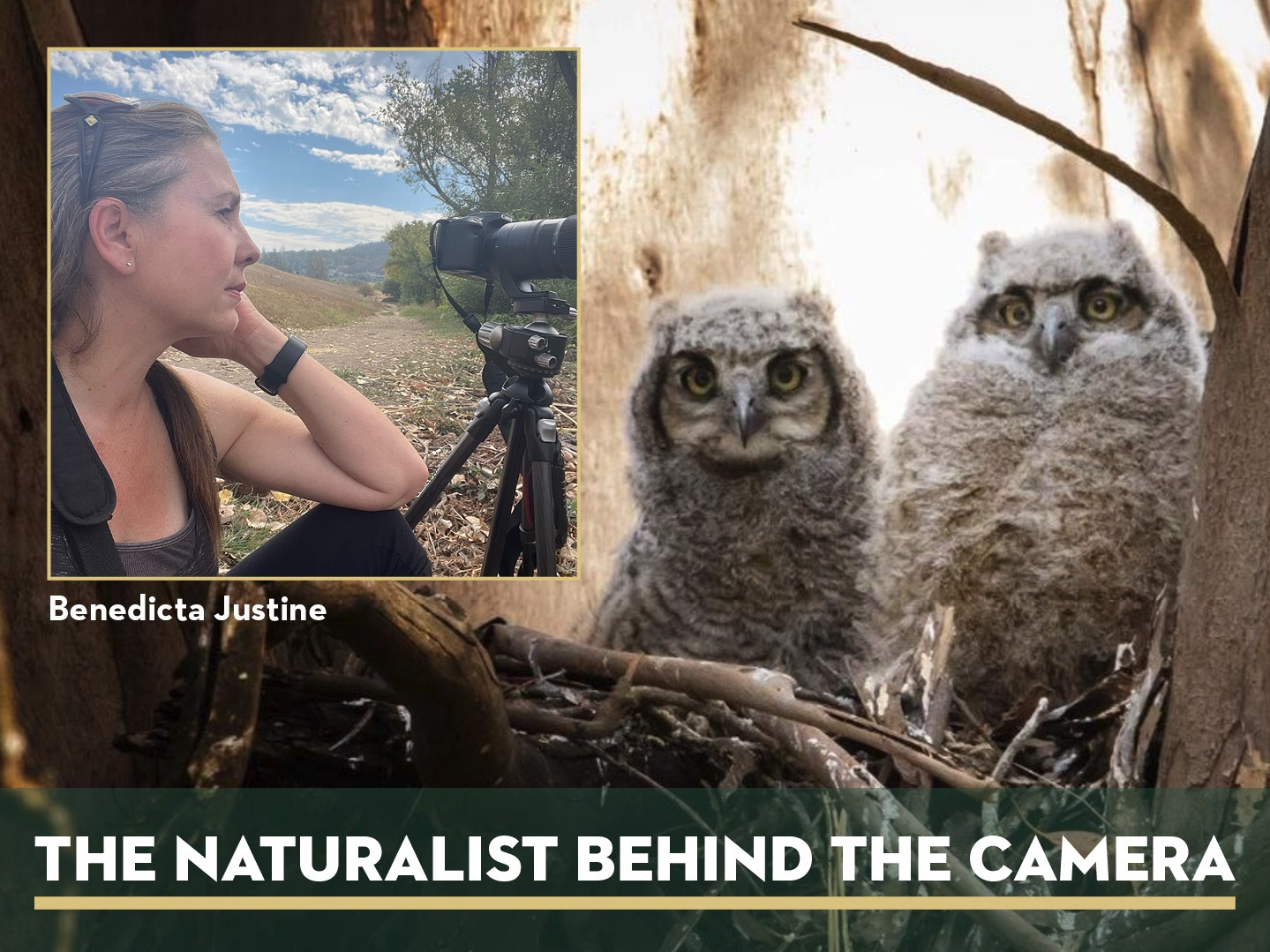
A native Sonoma County girl, Benedicta Justine was born and raised in the little town of Bodega and still calls it home. Having been raised in a natural landscape with access to wild open space, Benedicta’s childhood was shaped by countless hours searching for bugs, exploring in the creek, and climbing trees.
“I feel blessed to have been raised close to nature and I feel like it has been my biggest teacher as well as a place to find peace and healing,” Benedicta shares. “The land felt like magic to me and I believe it led me to become the person I am now.”
Today not much has changed, although she claims her tree climbing skills are not as they were as a child. She is led by her curiosity, seeking places to sit and be still, allowing the natural world to reveal itself around her becoming embedded into the landscape. She watches for patterns, observing behaviors without interrupting the activity around her and with a click of her camera, documents animals in their natural behavior.
“Each day I wake up wondering what I will come across and I keep my camera at the ready and my eyes and ears open so I can share my love of these animals with others.”
Learn more about Benedicta and witness her wild world through her images and videos on Instagram @benedictajustine1971
Sonoma Land Trust welcomes digital marketing manager Emily Summerlin

We are excited to announce a new member of the MarComms (Marketing+Communications) team, Emily Summerlin! Coming to Sonoma Land Trust with almost a decade of nonprofit communications experience, Emily believes that creative, authentic storytelling is key to expanding audiences and driving transformational change. She brings knowledge of strategic campaign design, a commitment to authentic relationship-building, and a deep love of writing and editing to the communications team. As a lifelong environmentalist, Emily is thrilled to work within her community to champion ecosystem health, conservation, and climate resilience. Emily is an avid reader and a passionate cook and baker, and loves to spend as much time as possible exploring the beauty of Sonoma County with her dog.
Prescribing good fire this season!
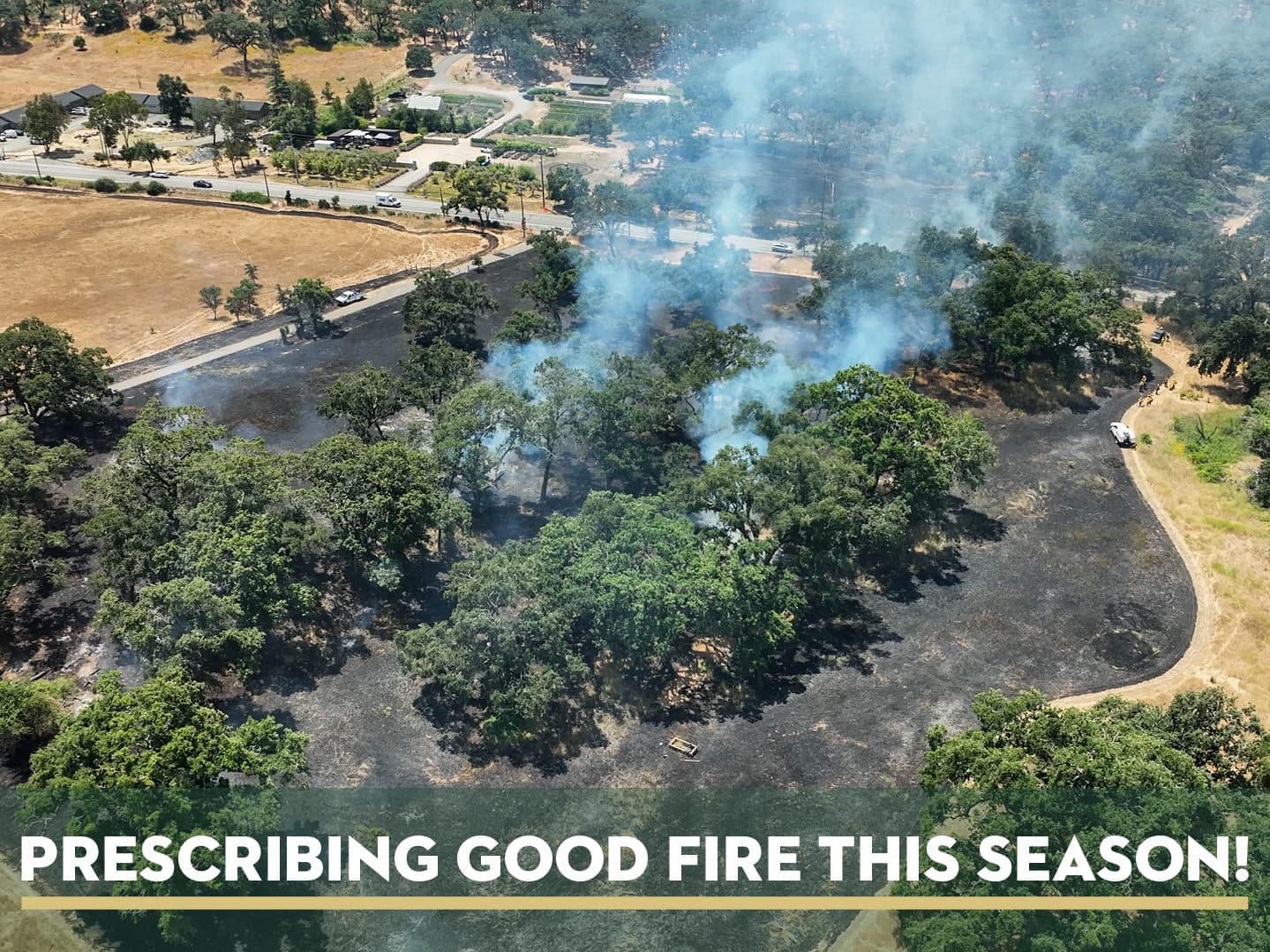
As part of our Living with Wildfire strategy, our stewardship team has trained for, planned, and successfully executed good fires on several of our preserves including Glen Oaks Ranch, Laufenburg Ranch and most recently, Pole Mountain Preserve. Each burn requires careful review and a deep understanding of where the re-introduction of fire would be most beneficial in these ecosystems. With the help of our partners, we are restoring healthy landscapes, promoting biodiversity and the propagation of native species as well as building climate resilience to wildfires across our protected wildlands. You can be notified when a prescribed fire is happening on the WatchDuty app available here
Put your Donor Advised Fund to work for nature!
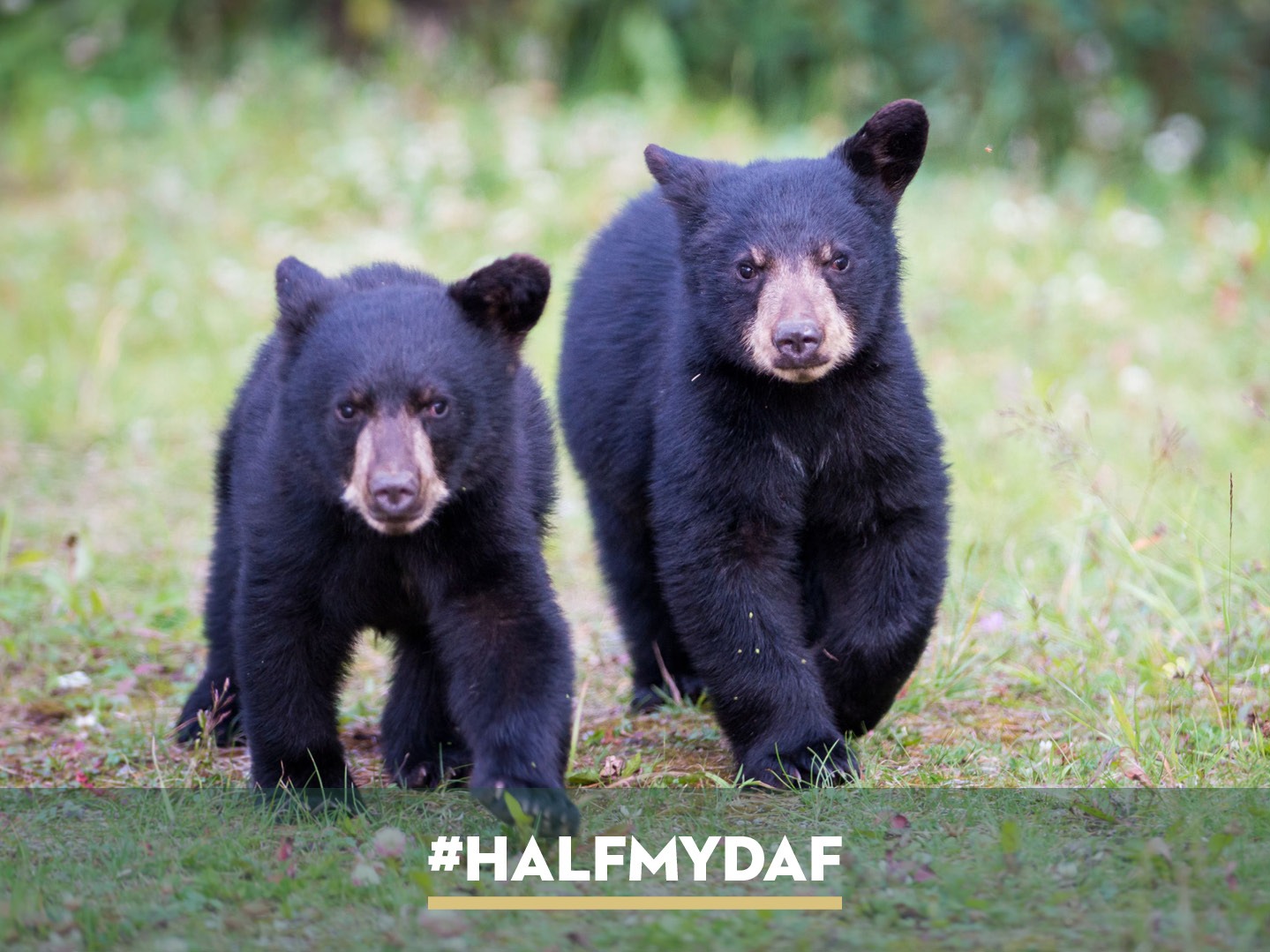
Do you have a Donor Advised Fund (DAF)? They are a great place to deposit donations for charities to be allocated over time while receiving a tax deduction for your contribution. It is so popular that over $234 BILLION currently sits in Donor Advised Funds across the country waiting to be transferred to charities. Thankfully, there is a program to help put that money to work and you can help!
To participate, make a grant to Sonoma Land Trust by September 29, and commit to spending down half the money in your DAF. Your participation will enter Sonoma Land Trust in their matching program where we can receive up to $50,000 in matching funds—making your donation go even farther. Details are at www.halfmydaf.com.
Thank you of your support!
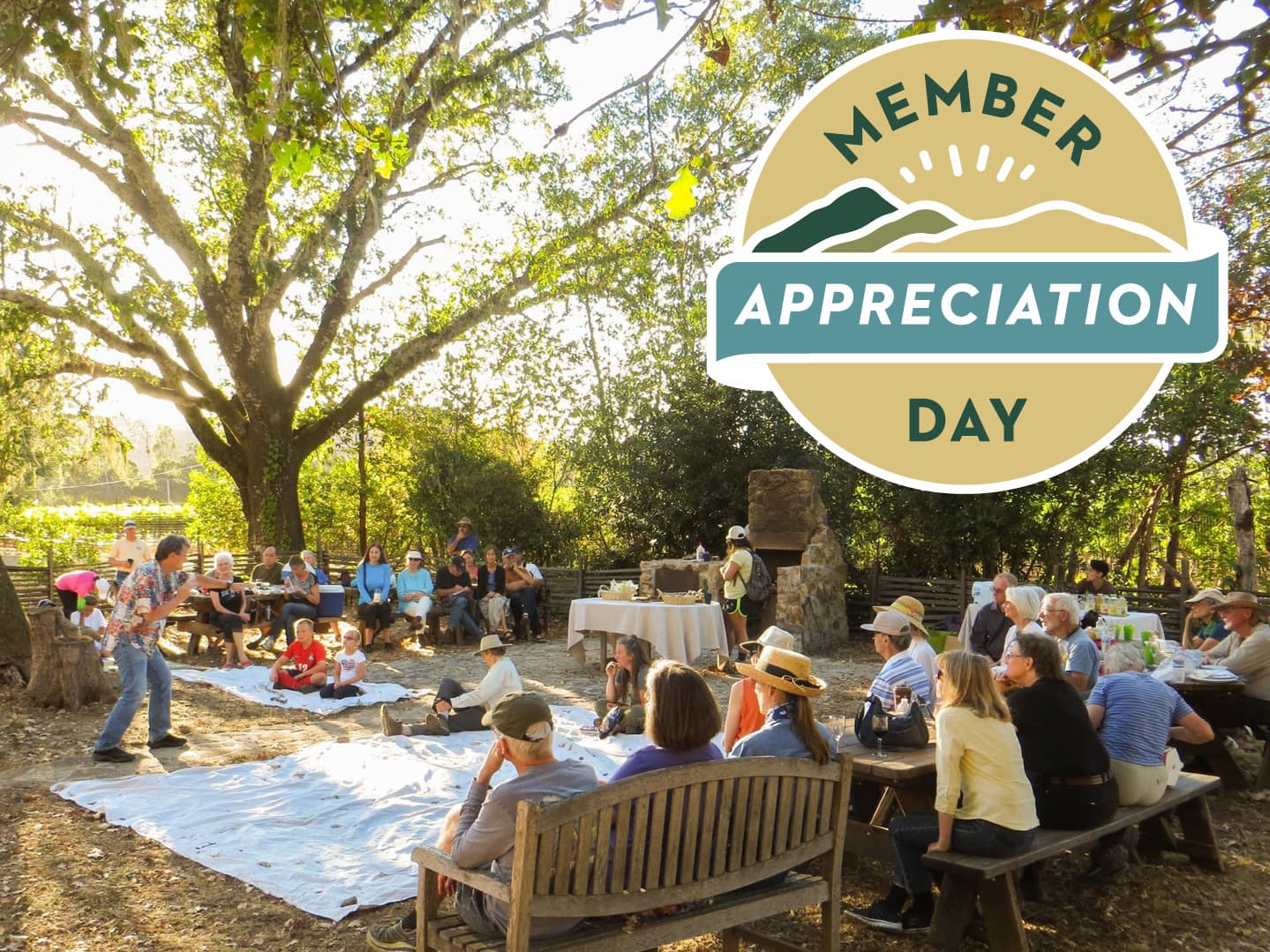
Member Appreciation Day – Space is Limited
Join us on August 19 from 9am-1:30pm at Sonoma Land Trust’s Member Appreciation Day at Glen Oaks Ranch Preserve!
As a valued member, we want to express our gratitude and appreciation for your commitment to preserving our most valued resource – nature!
Location: Glen Oaks Ranch Preserve – 13255 Sonoma Highway Glen Ellen, CA 95442 Please carpool as parking is limited.
RSVP is required – click here to learn more and to sign up –https://sonomalandtrust.org/events/memberday/
Language of the Land: Gardening for Wildlife

Using native plants to attract wildlife to your garden. Bill Klausing, UC Master Gardener of Sonoma County
Wednesday, August 30, 7pm
Join us for a Language of the Land webinar featuring ideas for incorporating native plants into your home garden both for efficient use of water and to attract wildlife. Master Gardener Bill Klausing draws upon his own wildlife-friendly native garden at his home in Sonoma County to illustrate many of the possibilities available to home gardeners in the North Bay region.
Lenguaje de la tierra: Jardinería para la fauna silvestre
Utilizar plantas autóctonas para atraer la fauna silvestre a su jardín. Bill Klausing, maestro jardinero
Miercoles, 30 de agosto 7pm
Acompañenos para una presentación de lenguaje de la tierra en el que se presentarán ideas para incorporar plantas autóctonas al jardín de su casa, tanto para un uso eficiente del agua como para atraer a la fauna silvestre. El maestro jardinero Bill Klausing se basa en su propio jardín autóctono en su casa del condado de Sonoma para ilustrar muchas de las posibilidades disponibles para los jardineros de la región del North Bay.
Free Public Hikes in Partnership with Sonoma County Ag + Open Space
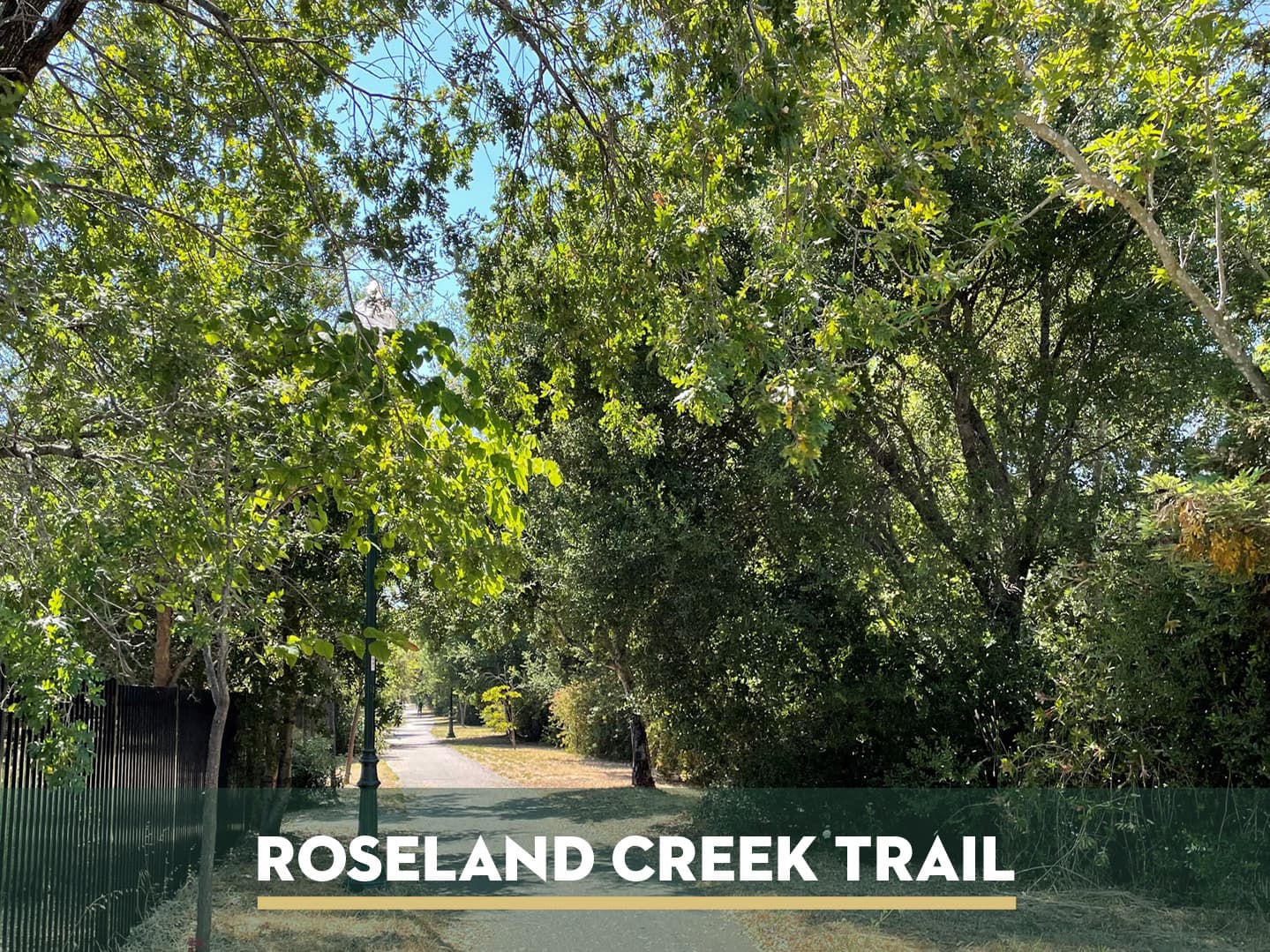
Santa Rosa Urban Walk
Roseland Creek
Monday, August 7, 6-7:30pm
Join Sonoma Land Trust and Ag + Open Space for a walk along the Roseland Creek Trail and through the future Roseland Creek Community Park. This creek traverses the Roseland area of Southwest Santa Rosa and continues through vernal pool and upland habitat, offering open views across the Santa Rosa Plain.
Level: Gentle
Caminata urbana en Santa Rosa
Arroyo de Roseland
Lunes, 7 de agosto 6-7:30pm
Acompañe a Sonoma Land Trust y Ag + Open Space para salir a caminar por el sendero Roseland Creek y por el futuro parque comunitario Roseland Creek. Este arroyo atraviesa la zona de Roseland en el suroeste de Santa Rosa y continúa a través de hábitat de charcas vernales y de tierras altas, ofreciendo vistas abiertas a través de la llanura de Santa Rosa.
Nivel: Suave
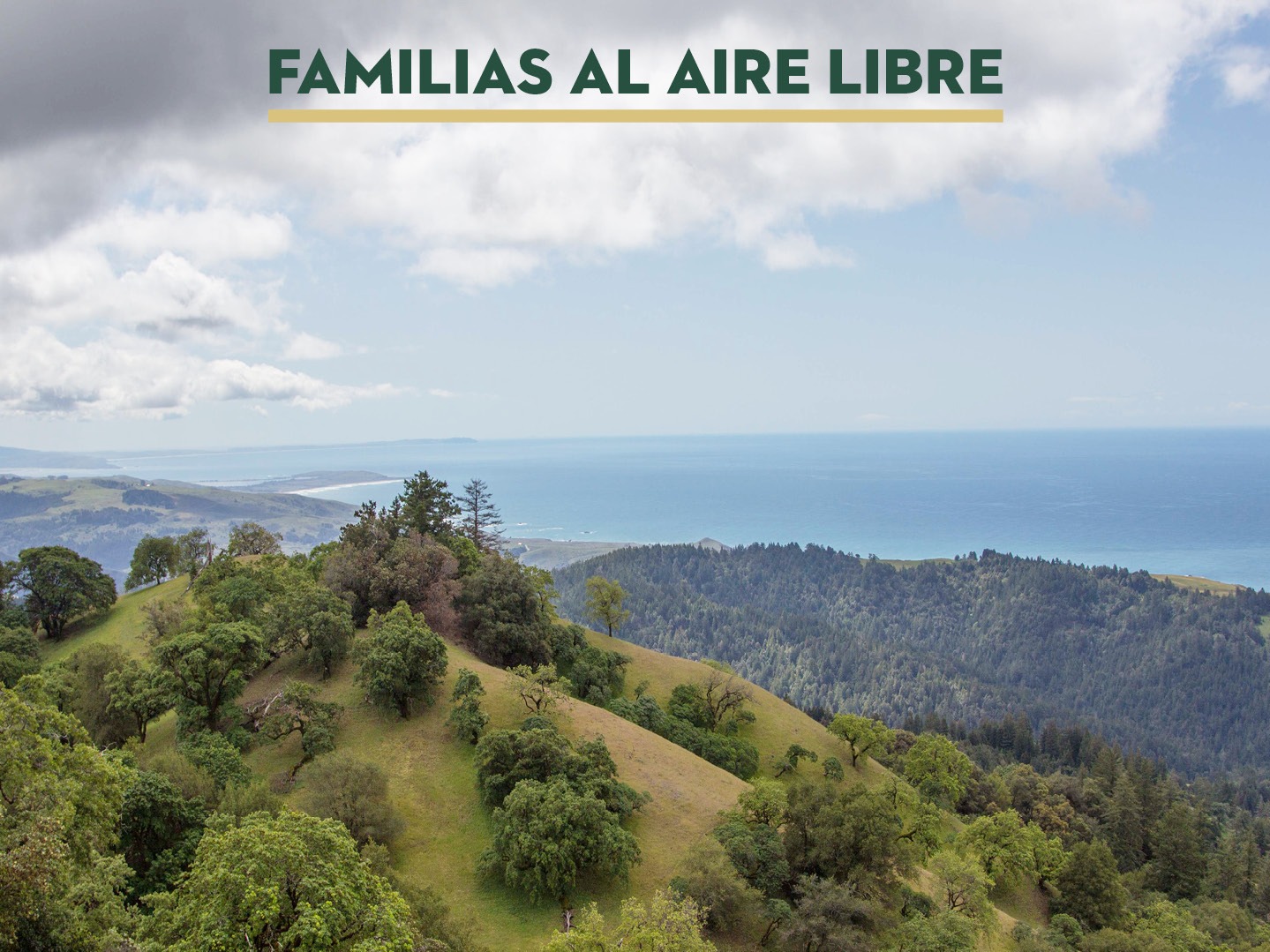
Familias al Aire Libre
Pole Mountain
Sábado, 22 de agosto, 9am–2pm
Acompáñe a Sonoma Land Trust y Ag + Open Space para un viaje a la cima de Pole Mountain, el punto más alto de la costa de Sonoma. Esta caminata es de aproximadamente 2 millas con un desnivel de unos 200 pies.
Families Outdoors
Pole Mountain
Saturday, August 26, 9am–2pm
Join Sonoma Land Trust and Ag + Open Space for a trip to the top of Pole Mountain—the highest point on the Sonoma Coast. This hike is approximately 2 miles with an elevation gain of about 200 feet.
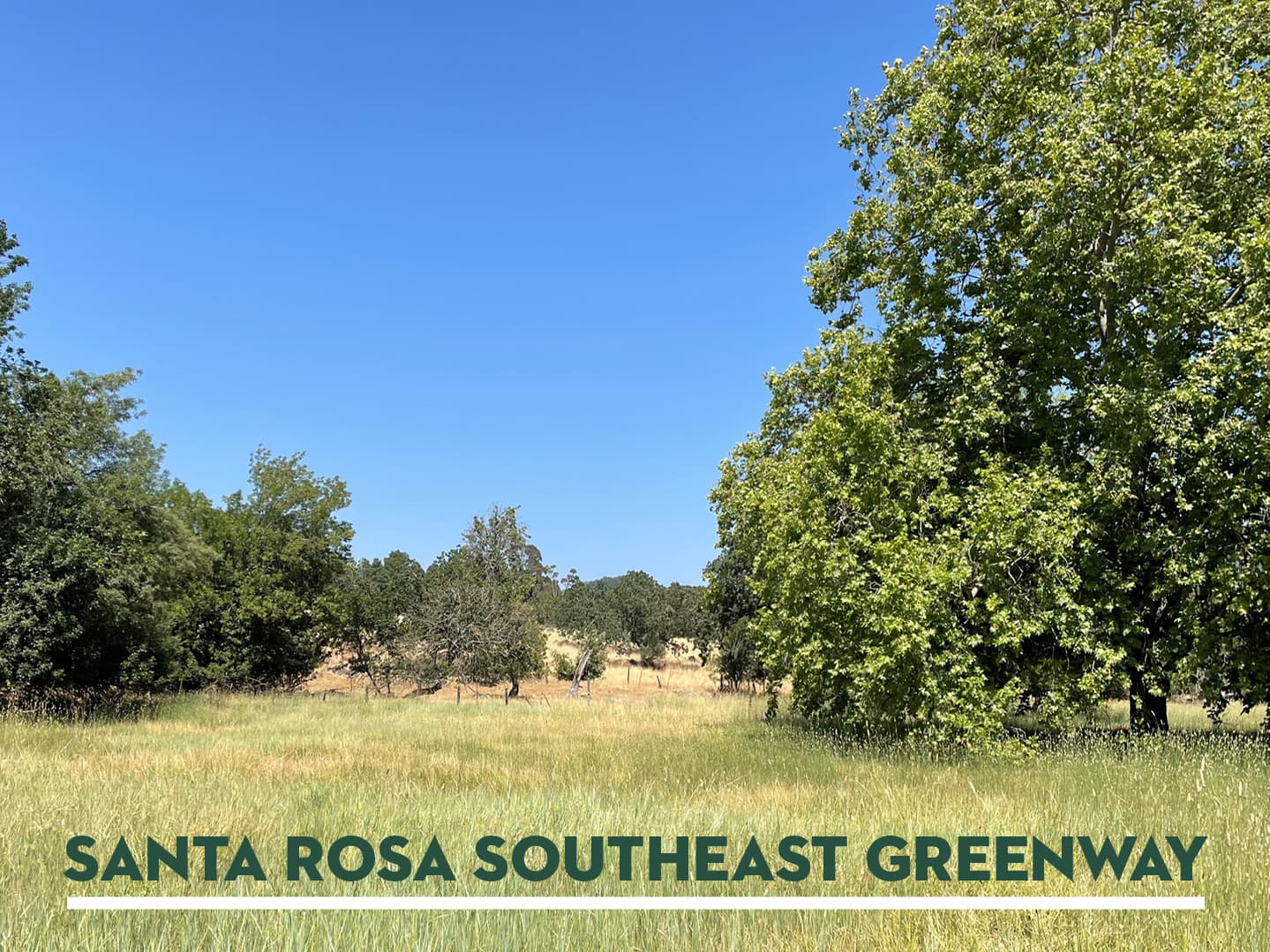
Santa Rosa Urban Walk
Santa Rosa Southeast Greenway
Monday, August 28, 6-7:30pm
Join Sonoma Land Trust, Ag + Open Space, and the Santa Rosa Southeast Greenway campaign for a walk adjacent to the future Southeast Greenway park. We’ll learn which creeks cross the Greenway and where features such as trails, community gardens, and mixed-use housing might be in the future. This walk is two miles on flat ground.
Level: Gentle
Caminata urbana en Santa Rosa
Santa Rosa Southeast Greenway
Lunes, 28 de agosto, 6-7:30pm
Acompañe a Sonoma Land Trust, Ag + Open Space y a la campaña de Southeast Greenway de Santa Rosa para dar un paseo junto al futuro parque Southeast Greenway. Aprenderemos qué arroyos cruzan la vía verde y dónde podrían estar en el futuro elementos como senderos, jardines comunitarios y viviendas de uso mixto. Este paseo es de dos millas en terreno plano.
Nivel: Suave
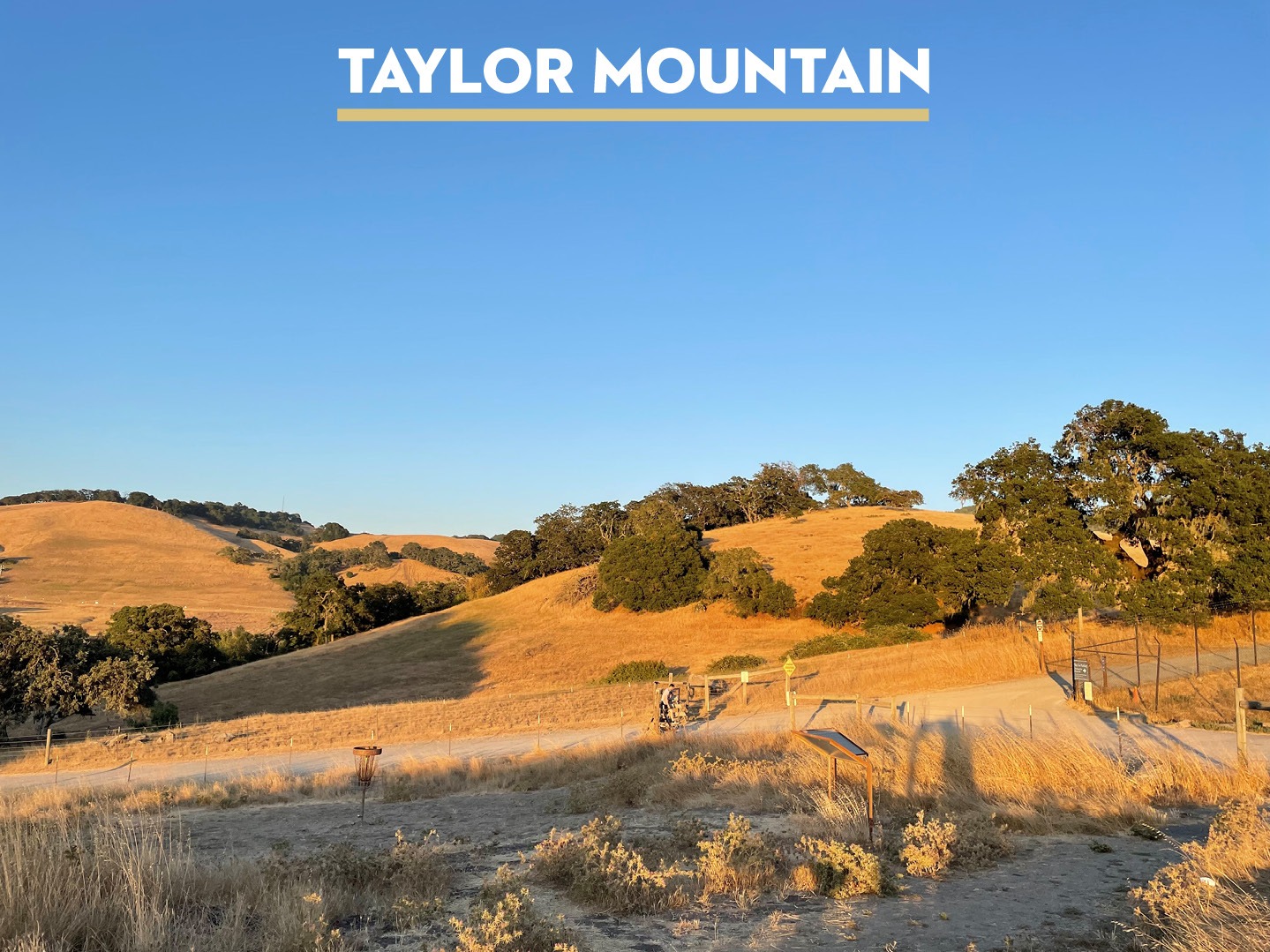
Summer Sunset Hike
Taylor Mountain
Thursday, August 31, 6-8pm
Join Sonoma Land Trust and Ag + Open Space for a summer sunset hike on Taylor Mountain. We’ll begin at the Kawana Terrace Trailhead (North Entrance) and walk part of the Sky Lupine trail for expansive views of Santa Rosa and beyond. This hike is approximately 2 miles with 400 feet in elevation gain.
Level: Moderate
Caminata al aterdecer de verano
Taylor Mountain
Jueves, 31 de agosto, 6-8pm
Registrarse
Acompañe a Sonoma Land Trust y Ag + Open Space para una caminata al atardecer de verano en Taylor Mountain. Comenzaremos en el inicio del sendero Kawana Terrace (entrada norte) y recorreremos parte del sendero Sky Lupine para disfrutar de amplias vistas de Santa Rosa y más allá. Esta caminata es de aproximadamente 2 millas con 400 pies de desnivel.
Nivel: Moderado
There is no charge for these events, which are made possible by the voters of Sonoma County who fund the work of Ag + Open Space with a quarter-cent sales tax.
Estos eventos son gratuitos y son posibles gracias a los votantes del condado de Sonoma, que financian la labor de Ag + Open Space con un impuesto sobre las ventas de un cuarto de céntimo.
Additional Public Hikes
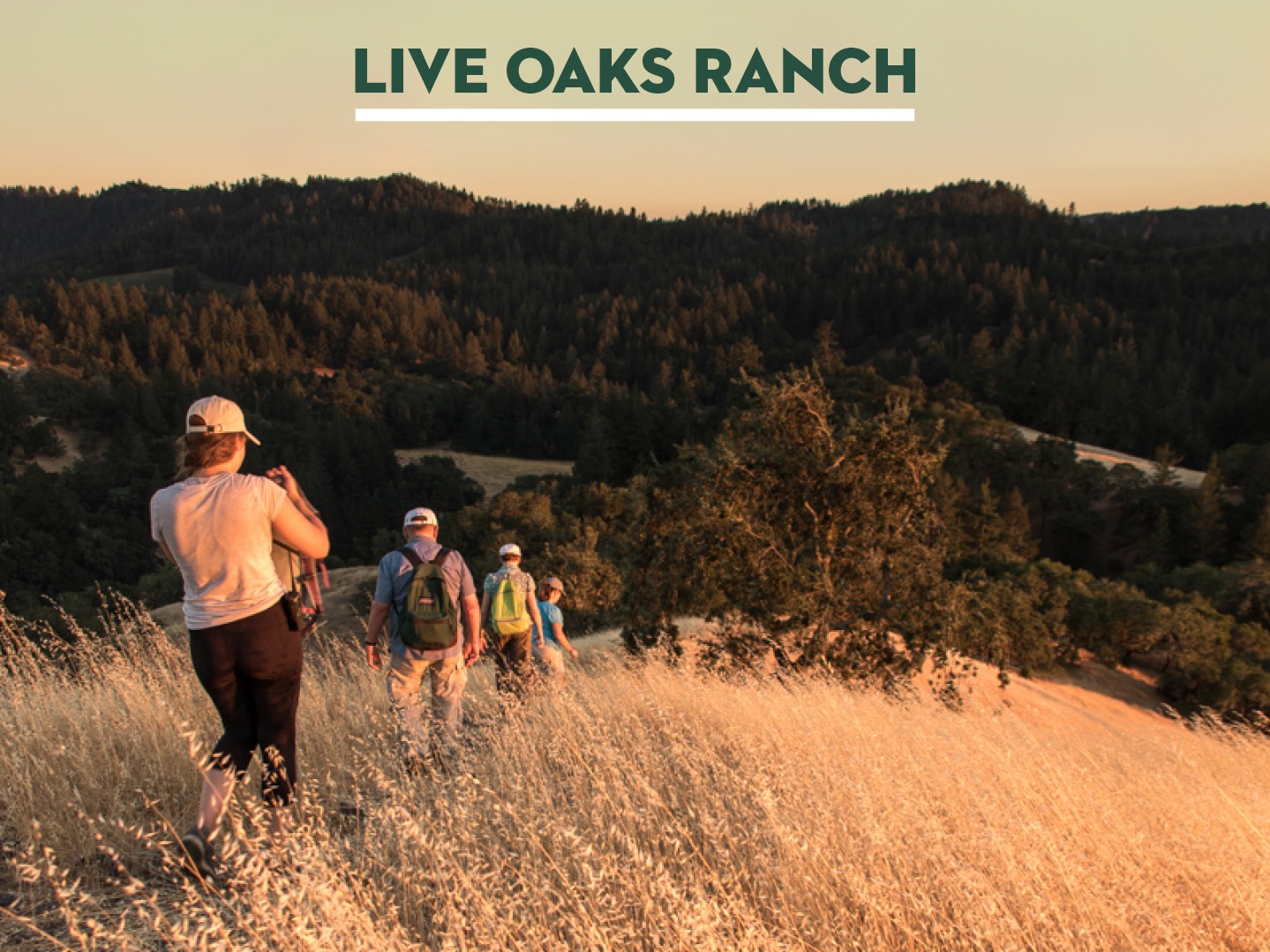
Summer Sunset Hike
Live Oaks Ranch
Thursday, August 10, 5:30-9pm
Join Sonoma Land Trust for a summer sunset hike at Live Oaks Ranch in Knights Valley. We’ll walk along Bidwell Creek to the basin near its headwaters, then traverse the oak woodlands to the top of a ridge with views of Mt. St. Helena. This hike is approximately 2 miles with 300 feet in elevation gain.
Level: Moderate
[Meet at Mark West Springs Road at 5:30. Alternately, meet at property at 6pm. Part of the hike is on a flat trail, and part of the hike is cross-country with uneven footing. Wear long pants.]
Caminata al aterdecer de verano
Live Oaks Ranch
Jueves, 10 de agosto, 5:30-9pm
Registrarse
Acompáñe a Sonoma Land Trust para una caminata al atardecer de verano en Live Oaks Ranch en Knights Valley. Caminaremos a lo largo del arroyo Bidwell hasta la cuenca cerca de su nacimiento, y luego atravesaremos los bosques de robles hasta la cima de una cresta con vistas a Mt. St. Helena. Esta caminata es de aproximadamente 2 millas con 300 pies de desnivel.
Nivel: Moderado
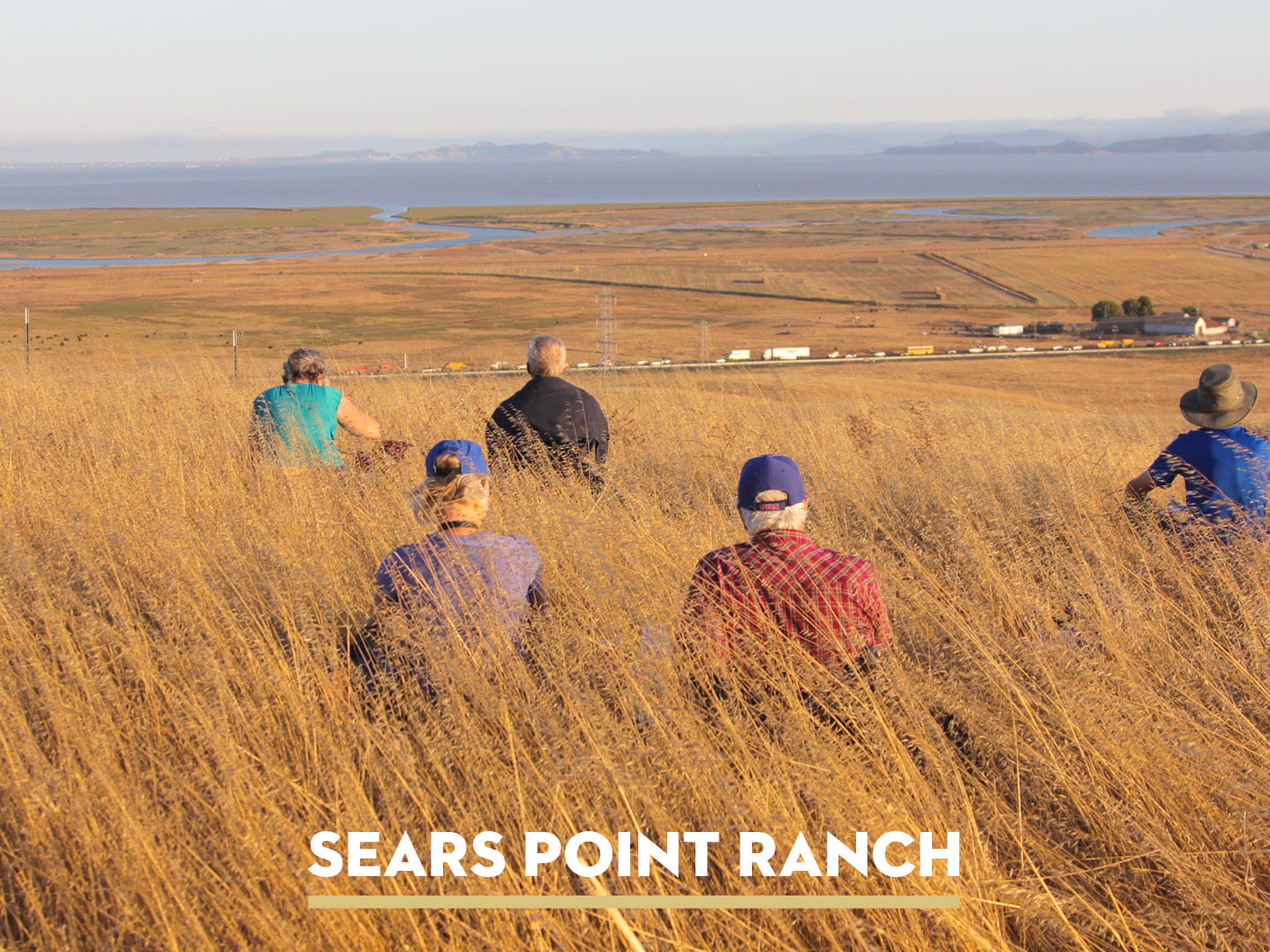
Summer Sunset Hike
Sears Point Ranch
Thursday, August 17, 6:30-8:30pm
Join Sonoma Land Trust for a summer sunset hike at Sears Point Ranch in the foothills of Cougar Mountain. We’ll enjoy expansive views of the San Pablo Bay and beyond from this open grassland habitat. This hike is approximately 1.5 miles with 300 feet in elevation gain.
Level: Moderate.
[Meet at Sears Point at 6:30pm. There are no trails—the ground is bumpy and the property has cows. Bring hiking poles, long pants, and shoes with good ankle support.]
Caminata al aterdecer de verano
Sears Point Ranch
Jueves, 17 de agosto, 6:30-8:30pm
Registrarse
Acompáñe a Sonoma Land Trust para una excursión al atardecer de verano en Sears Point Ranch, al pie del monte de Cougar Mountain. Disfrutaremos de vistas amplias de la bahía de San Pablo y más allá de este hábitat de pastizales abiertos. Esta caminata es de aproximadamente 1.5 millas con 300 pies de desnivel.
Nivel: Moderado.
